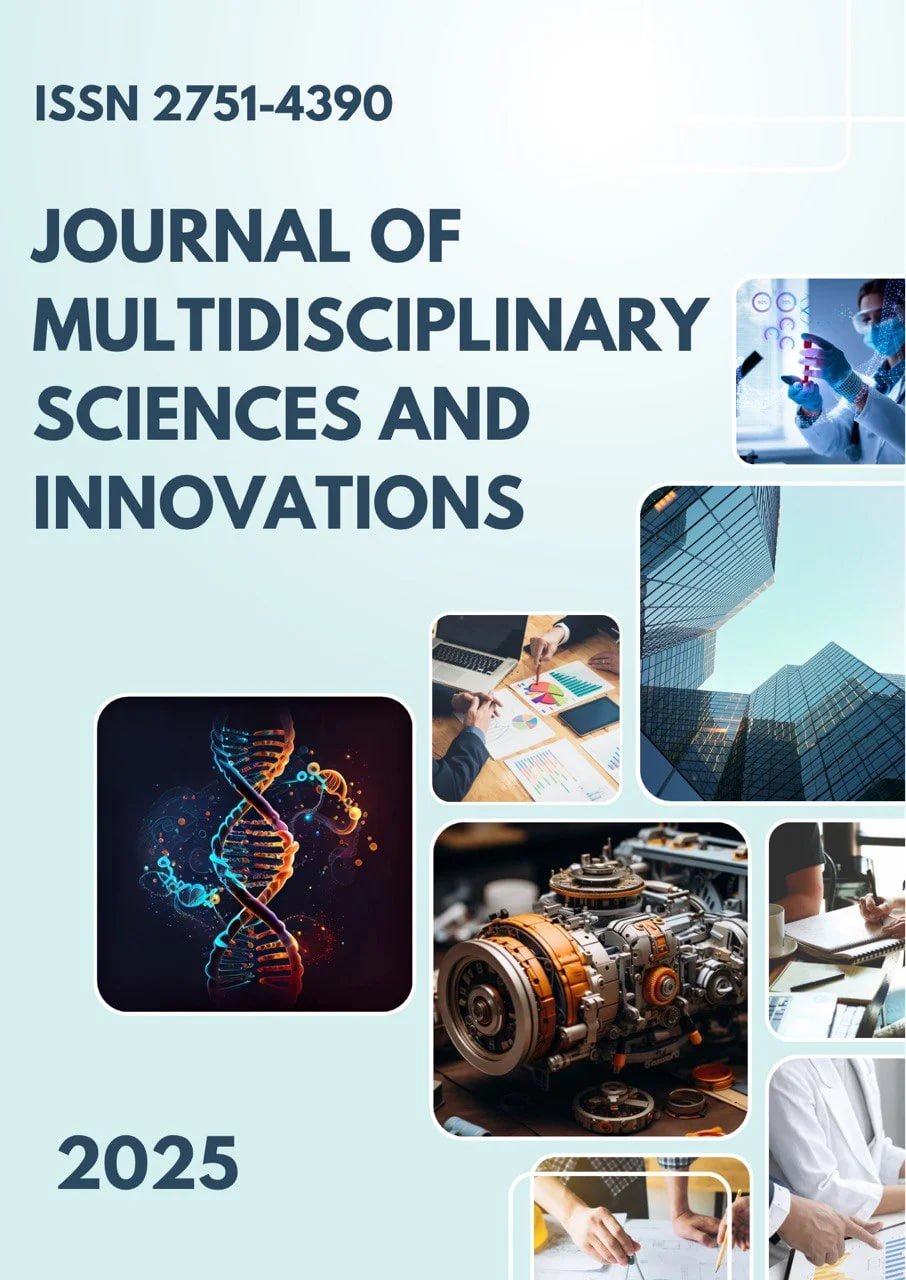SEMANTIC CHANGES OF ENGLISH WORDS IN THE DIGITAL ERA
Main Article Content
Abstract
This study examines how the meanings of English words have changed under the influence of the digital era. With the rapid development of information technology, the Internet, and social media, language has undergone significant semantic transformations. Many English words have acquired new meanings, expanded their usage, or shifted their connotations due to the needs of digital communication. Words such as cloud, tweet, viral, and stream illustrate how technological progress reshapes linguistic structures and cultural understanding.
The research also explores the mechanisms of semantic change, including metaphorical extension, narrowing, broadening, and semantic shift caused by sociocultural innovation. The digital environment encourages the creation of new lexical items (neologisms) and the re-interpretation of existing ones, reflecting the dynamic interaction between language, technology, and society. The findings show that digital communication not only transforms the way people interact but also redefines how meaning is created, shared, and perceived in modern English.
Downloads
Article Details
Section

This work is licensed under a Creative Commons Attribution 4.0 International License.
Authors retain the copyright of their manuscripts, and all Open Access articles are disseminated under the terms of the Creative Commons Attribution License 4.0 (CC-BY), which licenses unrestricted use, distribution, and reproduction in any medium, provided that the original work is appropriately cited. The use of general descriptive names, trade names, trademarks, and so forth in this publication, even if not specifically identified, does not imply that these names are not protected by the relevant laws and regulations.
How to Cite
References
1.Crystal, D. (2006). Language and the Internet. Cambridge: Cambridge University Press.
2.Crystal, D. (2011). Internet Linguistics: A Student Guide. London: Routledge.
3.Leech, G. (1981). Semantics: The Study of Meaning. Harmondsworth: Penguin Books.
4.Lakoff, G., & Johnson, M. (1980). Metaphors We Live By. Chicago: University of Chicago Press.
5.Dawkins, R. (1976). The Selfish Gene. Oxford: Oxford University Press.
6.Cook, G. (2010). Discourse and Literature: The Interplay of Form and Mind. Oxford: Oxford University Press.
7.Tagg, C. (2015). Exploring Digital Communication: Language in Action. London: Routledge.

